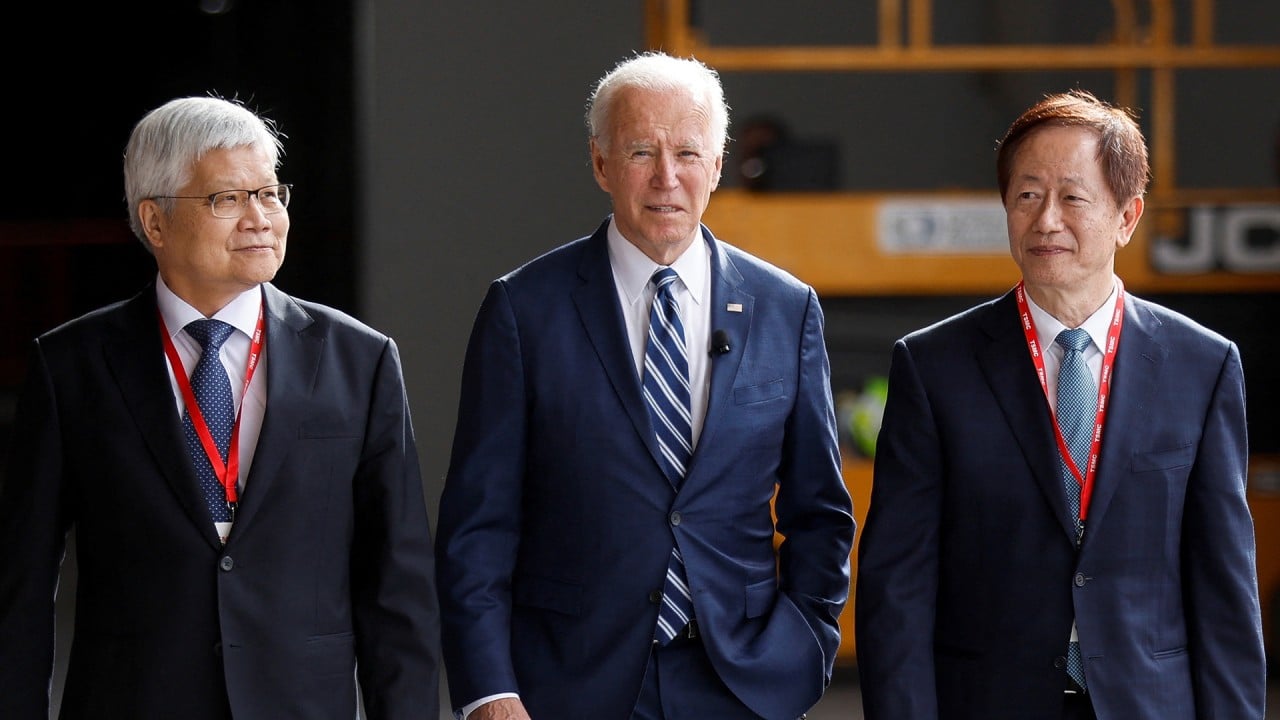
US reshaping of global supply chains is ultimately self-serving
- Far from being defensive, proposals such as the Indo-Pacific Economic Framework supply chain deal are designed to de-Sinicise critical sectors, prevent China’s rise and cut it off from the world
- They also risk creating vulnerabilities for developing countries and fracturing the world into two or more global trading blocs
South Africa, for example, has turned to China for its affordable renewable energy expertise amid a serious power shortage, with the minister in charge of electricity, Kgosientsho Ramokgopa, saying earlier this month: “We have gone to all other embassies, you are the only ones who have come back to us saying ‘we will assist you without any condition’.”
While there is fragility in global supply chains, “the case for policy intervention”, said World Trade Organization chief economist Ralph Ossa, “is weak” because “there is no reason to believe that firms are systematically under-or overexposed to supply chain risks”.
The American approach simply highlights Washington’s conception of China as the US’ principal adversary. It is a reflection of the US mentality that adversaries it depends on would be tempted to take action against it. As US Secretary of State Antony Blinken said: “If the shoe was on the other foot, I have no doubt that China would do exactly the same thing”.
Indicative of the real motives behind its attempt to restructure global supply chains, the Biden administration’s actions extend far beyond the few sectors China dominates.
But the US’ drive to reshape global supply chains also carries implications for global trade and economic growth.
US Trade Representative Katherine Tai, speaking at the National Press Club on supply chain resilience two weeks ago, said the US offered “economies a spot in vertical integration so that developing countries are not perpetually trapped in an exploitative cycle”. I fear the result could be the opposite, consigning partners to the periphery of US networks and creating new vulnerabilities for them.
The trouble with ‘de-risking’: the world needs to make trade, not war
In this regard, one dream of the Biden administration is to level the playing field. But the approach is akin to pitting a heavyweight boxer against a featherweight. Elevating labour standards in developing countries too quickly is a sure way to raise their labour costs and whittle away their competitiveness. Uncle Sam, with his much higher productivity, stands to win in what Tai calls “a race to the top”.
Reading between the lines of the high-sounding terms used to glorify the IPEF deal, the US appears to desire a closed system of supply chains, an invitation-only club that keeps out the great majority of countries. Such a plurilateral approach threatens to fracture the world into two or more global trading blocs.
This fragmentation would in turn lead to a loss of global economic efficiency. WTO economists estimate it could cut global real domestic product by 5.4 per cent, with developing countries hit almost twice as hard as developed ones. The question, in light of the enormous harm politicians in Washington are wreaking on the global economy, is whether it’s time for businesses to be allowed back in the driver’s seat to reshape global supply chains.
Zhou Xiaoming is a senior fellow at the Centre for China and Globalisation in Beijing and a former deputy representative of China’s Permanent Mission to the United Nations Office in Geneva


